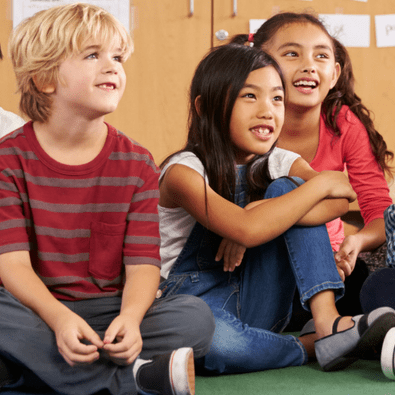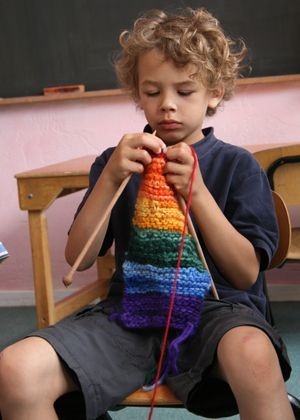Studies have shown that more effective teachers do more than their less effective colleagues in establishing rules and procedures at the beginning of the year.
All teachers require positive strategies to manage classroom disruptions and inappropriate classroom behaviours for the optimum learning of all students, and for their own professional development and career satisfaction. Building strong teacher-student relationships is the first step to creating a harmonious classroom atmosphere, increasing engagement and achievement. Positive teacher – student relationships enable students to feel safe and secure in their learning environments and provide scaffolding for important social and academic skills (Baker et al., 2008; O’Connor, Dearing and Collins, 2011; Silver, Measelle, Armstron, & Essex, 2005).


